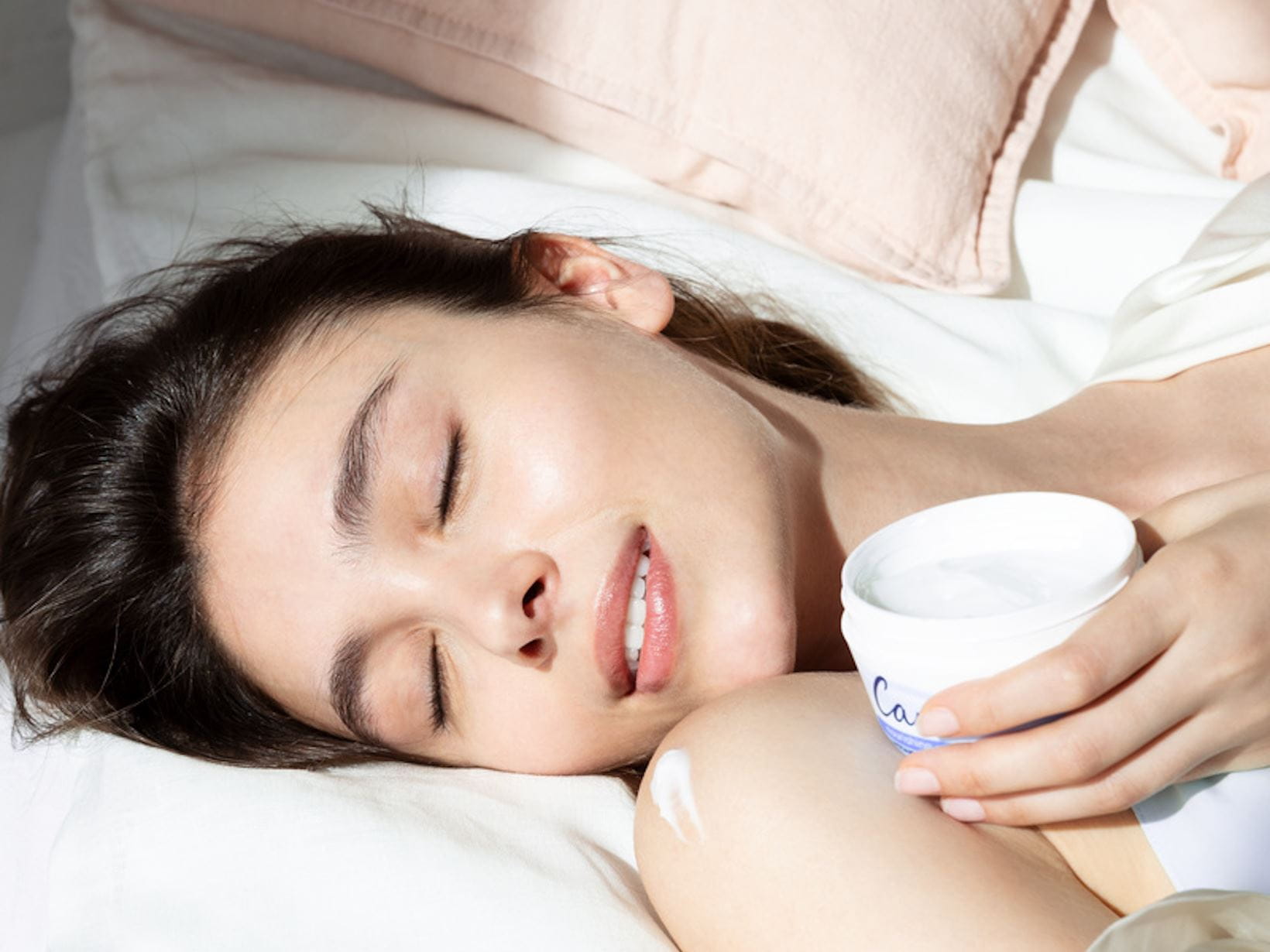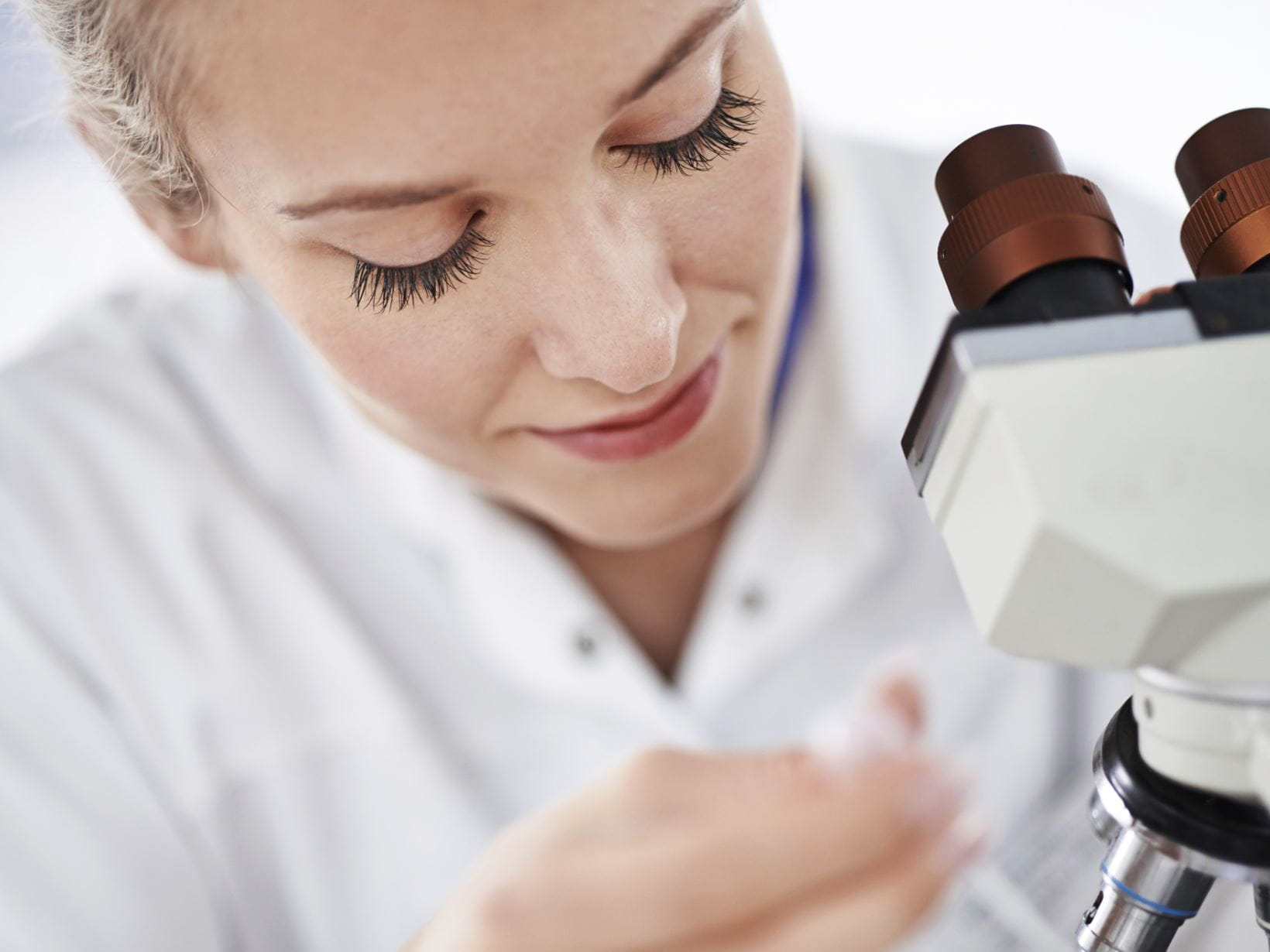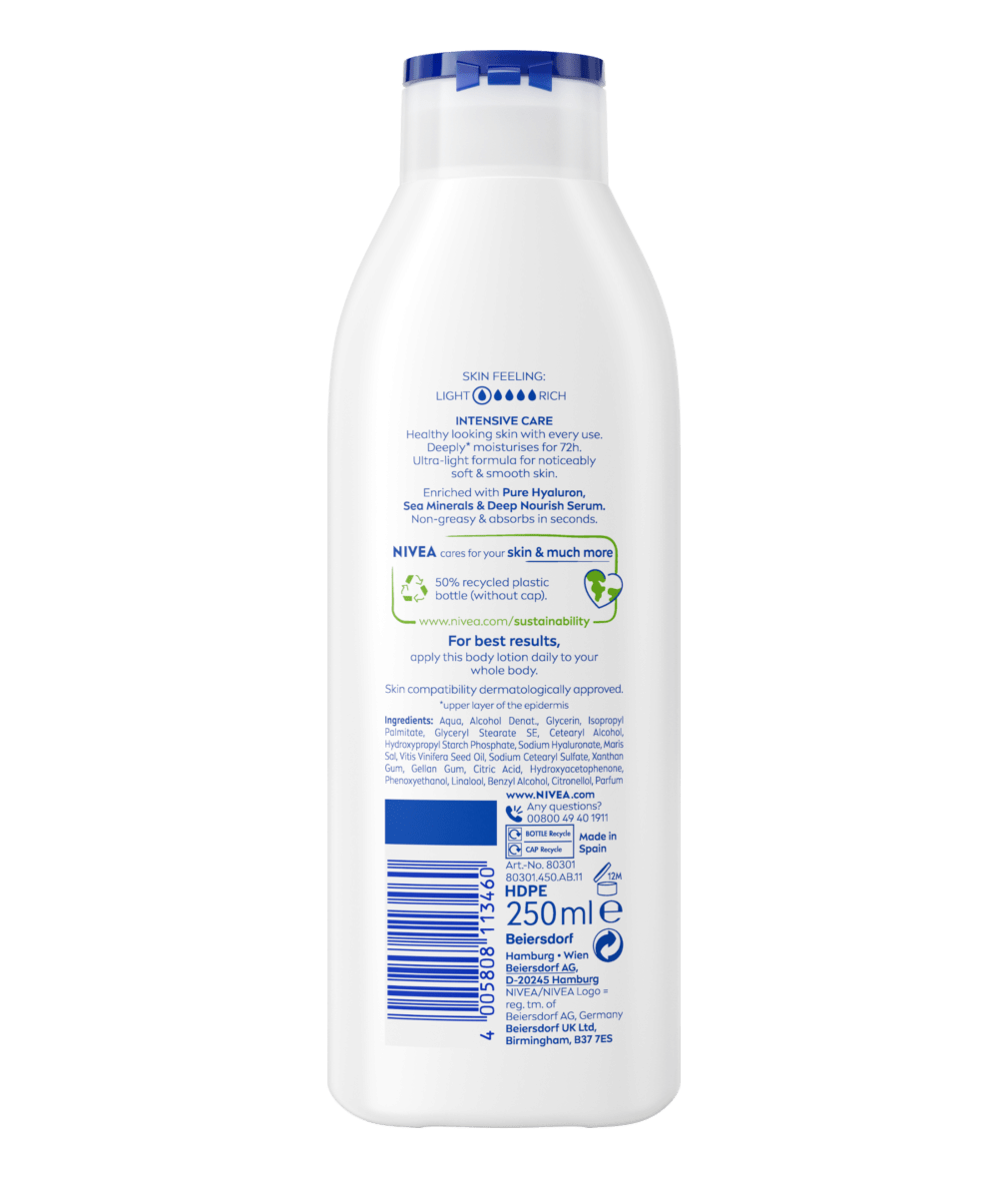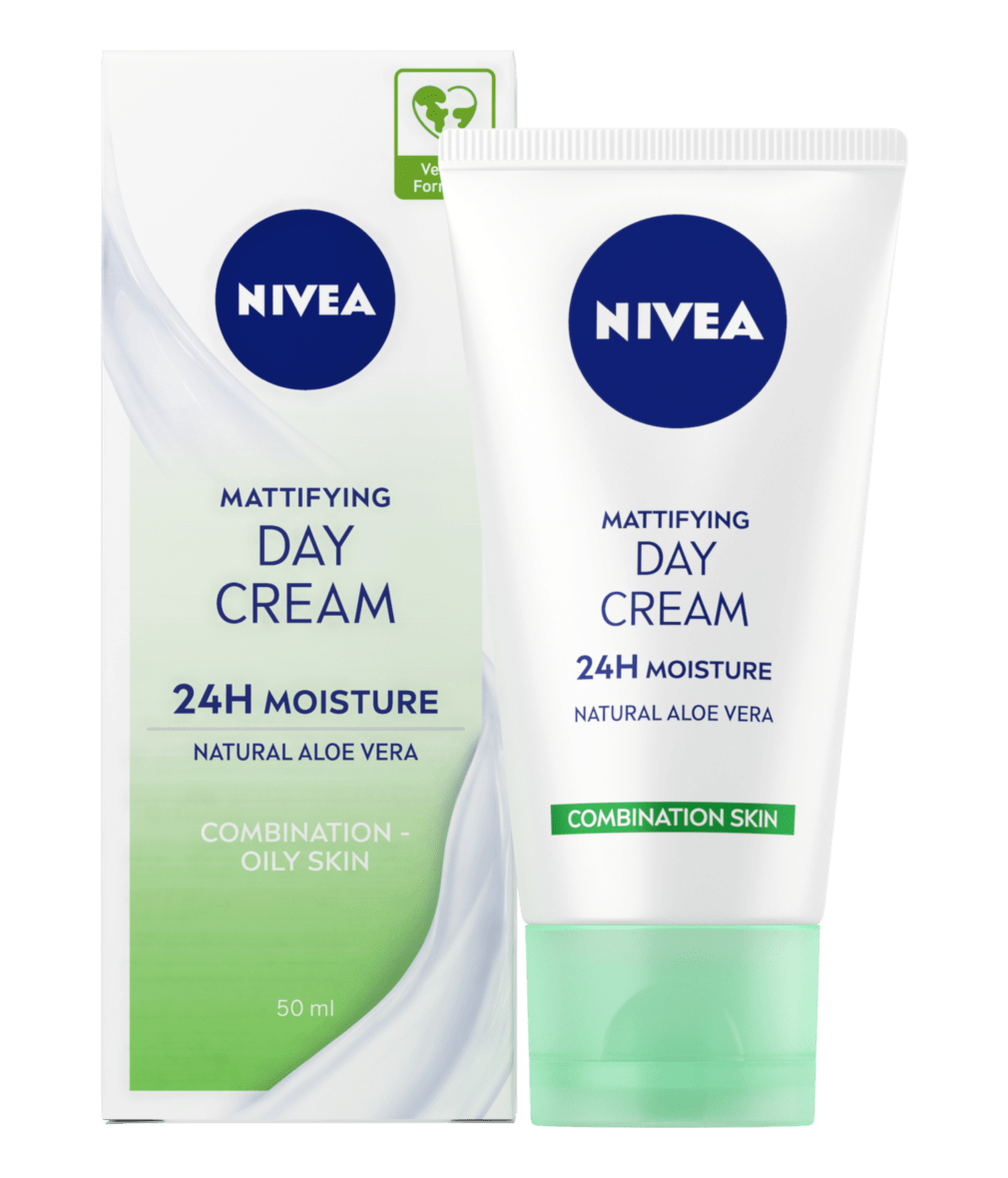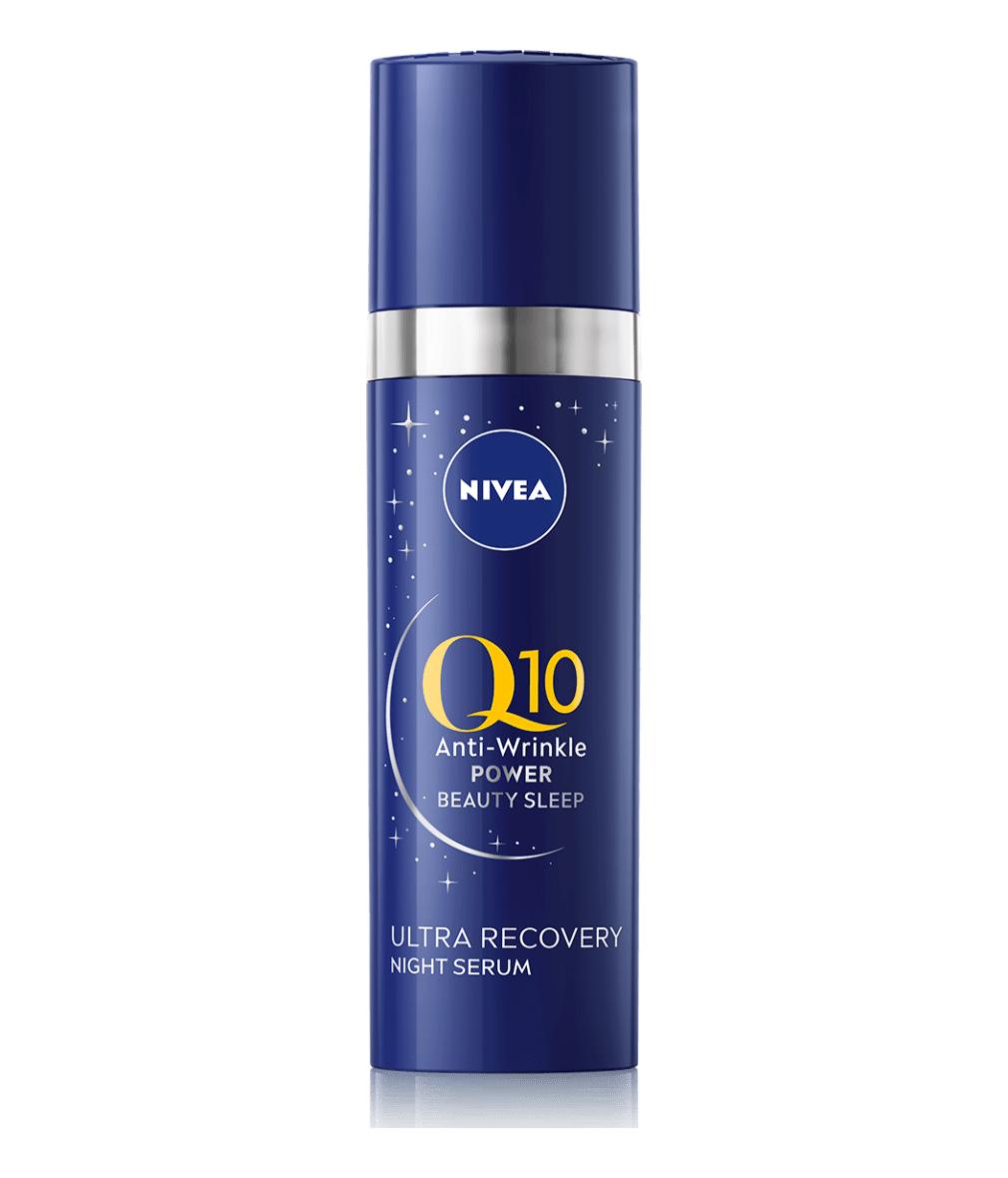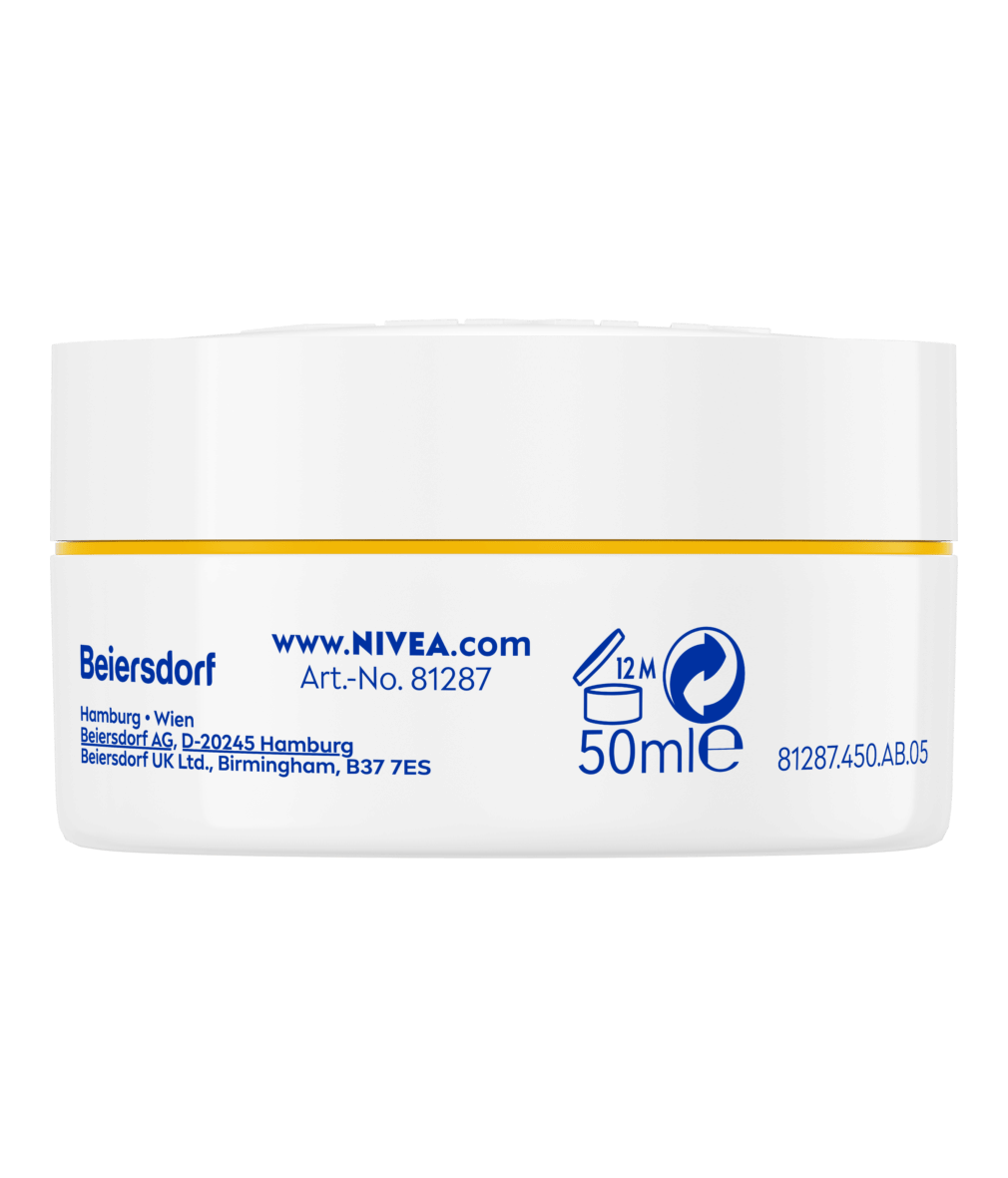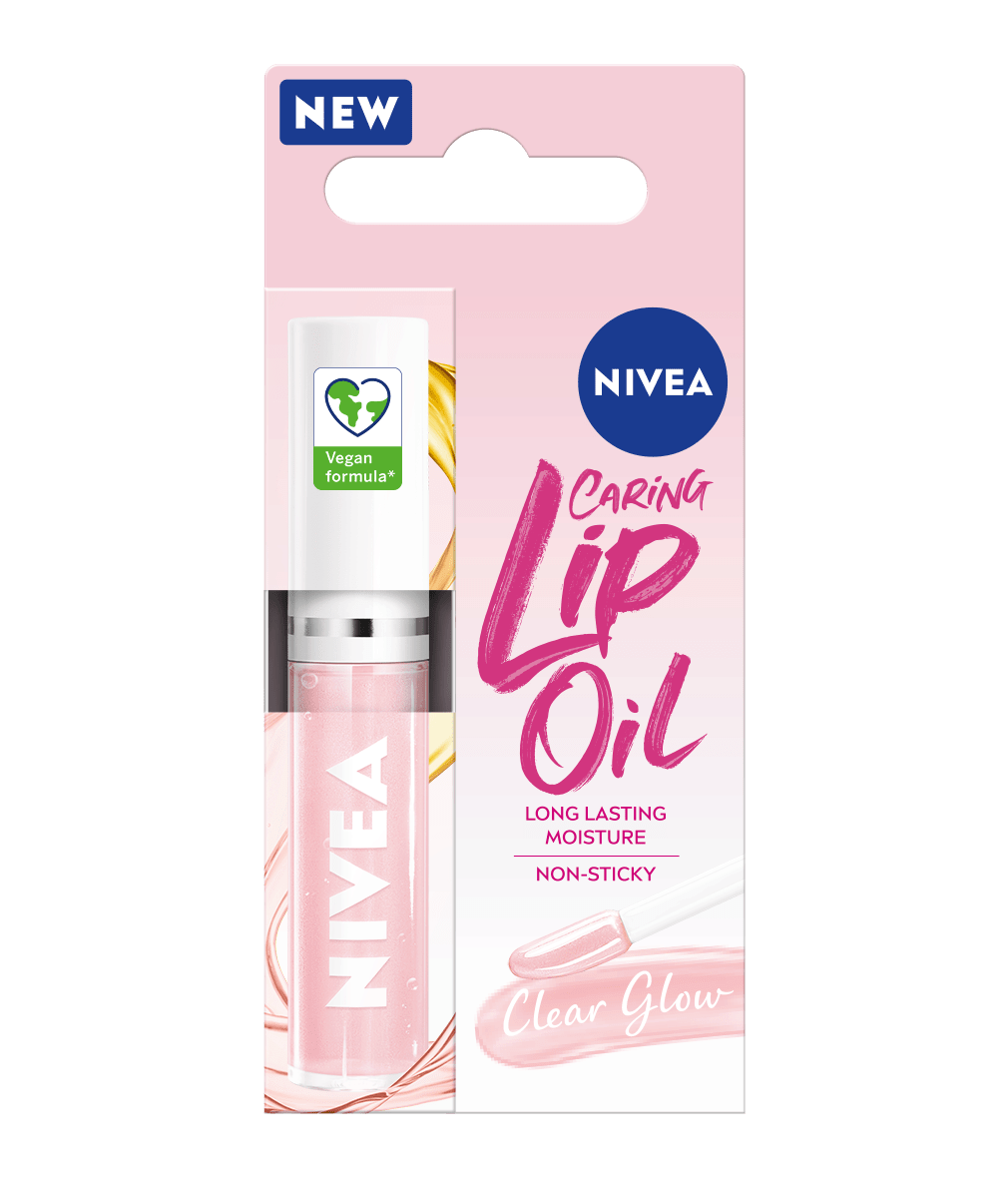What is MOAH? Is it safe?
MOAH (Mineral Oil Aromatic Hydrocarbons) are aromatic hydrocarbon compounds. MOAH are largely filtered out of the mineral oils used for cosmetic products during the production and refining process. According to our current level of knowledge, the quantities in which MOAH can still be present, even after high levels of cleaning, are safe for consumers. Mineral oils that still contained MOAH after cleaning were tested again without a potential risk being established.
What is MOSH? Is it safe?
The mineral oils used in cosmetic products are, from a chemical point of view, saturated hydrocarbons, known as MOSH (Mineral Oil Saturated Hydrocarbons). Before using them in cosmetic products, mineral oils and waxes are cleaned to a high level. This ensures that any risk to health and carcinogenic potential in particular are excluded by polycyclic aromatic hydrocarbons (PAHs).
What have you got to say about the latest results from the Stiftung Warentest product testing foundation?
NIVEA takes the latest results from Stiftung Warentest and their interpretation seriously. We are checking the results in detail. NIVEA believes there is also a need for clarification in the analysis method used by Stiftung Warentest. There have been some considerable differences between the results made public by Stiftung Warentest and the findings from the manufacturer’s corresponding internal investigations.


